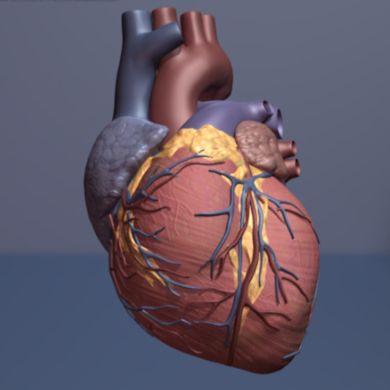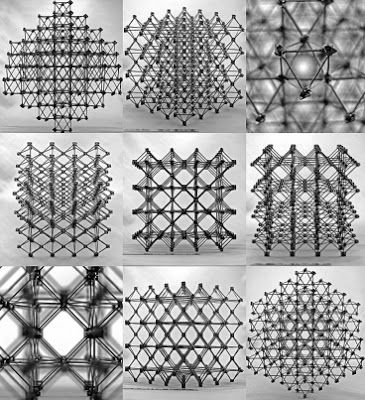Page 9119
May 21, 2019
Researchers discover placental stem cells that can regenerate heart after heart attack
Posted by Paul Battista in categories: biotech/medical, life extension
Researchers at the Icahn School of Medicine at Mount Sinai have demonstrated that stem cells derived from the placenta known as Cdx2 cells can regenerate healthy heart cells after heart attacks in animal models. The findings, published in the May 20 issue of Proceedings of the National Academy of Sciences (PNAS), may represent a novel treatment for regenerating the heart and other organs.
“Cdx2 cells have historically been thought to only generate the placenta in early embryonic development, but never before were shown to have the ability to regenerate other organs, which is why this is so exciting. These findings may also pave the way to regenerative therapy of other organs besides the heart,” said principal investigator Hina Chaudhry, MD, Director of Cardiovascular Regenerative Medicine at the Icahn School of Medicine at Mount Sinai. “They almost seem like a super-charged population of stem cells, in that they can target the site of an injury and travel directly to the injury through the circulatory system and are able to avoid rejection by the host immune system.”
This team of Mount Sinai researchers had previously discovered that a mixed population of mouse placental stem cells can help the hearts of pregnant female mice recover after an injury that could otherwise lead to heart failure. In that study, they showed that the placental stem cells migrated to the mother’s heart and directly to the site of the heart injury. The stem cells then programmed themselves as beating heart cells to help the repair process.
May 21, 2019
Scientists Might Have Just Found Where Cannabis Originally Came From
Posted by Quinn Sena in category: futurism
It’s long been known that cannabis plants are indigenous to Central Asia, but a new study provides a fresh focus on where exactly this genus may have first evolved millions of years ago.
Documents dating back to the middle ages show humans have been hypothesising about the geographical origins of cannabis for over a thousand years now, with the famed Arab polymath Ibn Wahshiyya suggesting India or perhaps China as far back as 930 CE.
But the rarity of print fossils (impressions of leaves made on other objects) in the historical record has made it difficult for the research community to identify anything more specific than Central Asia, even with the booming popularity of cannabis currently ongoing in many fields of academic and scientific enquiry.
Continue reading “Scientists Might Have Just Found Where Cannabis Originally Came From” »
May 21, 2019
All the buzz about NASA’s new fleet of space bees
Posted by Quinn Sena in categories: robotics/AI, space travel
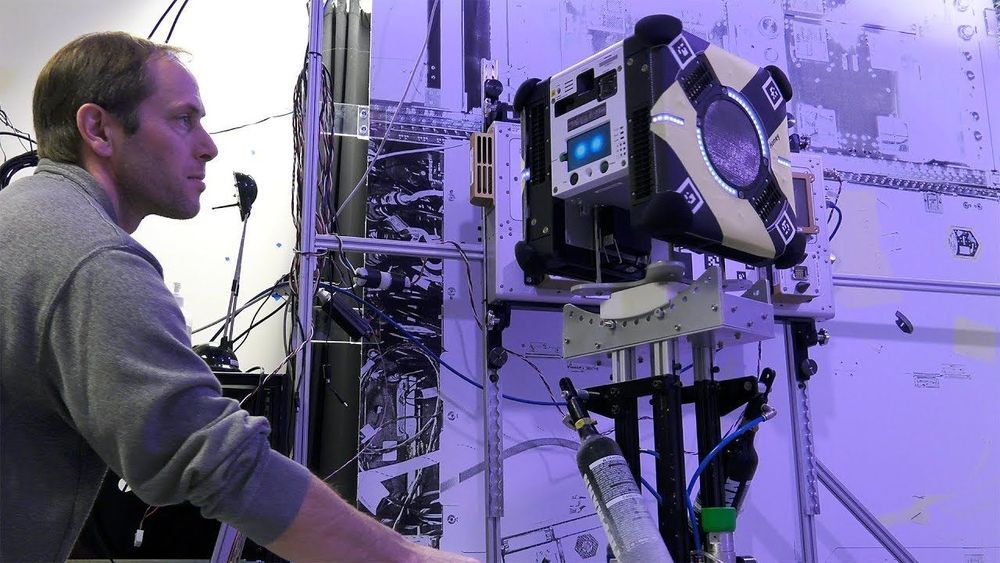
Robot bees are no replacement for our vital pollinators here on Earth. Up on the International Space Station, however, robots bearing the bee name could help spacefaring humans save precious time.
On Friday, NASA astronaut Anne McClain took one of the trio of Astrobees out for a spin. Bumble and its companion Honey both arrived on the ISS a month ago, and are currently going through a series of checks. Bumble passed the first hurdle when McClain manually flew it around the Japanese Experiment Module. Bumble took photos of the module which will be used to make a map for all the Astrobees, guiding them as they begin their tests there.
Continue reading “All the buzz about NASA’s new fleet of space bees” »
May 21, 2019
MIT new 3D chainmail interlock system with ten times the stiffness
Posted by Quinn Sena in categories: 3D printing, space travel
Researchers invent a new approach to assembling big structures — even airplanes and bridges — out of small interlocking composite components. MIT researchers have developed a lightweight structure whose tiny blocks can be snapped together much like the bricks of a child’s construction toy. The new material, the researchers say, could revolutionize the assembly of airplanes, spacecraft, and even larger structures, such as dikes and levees.
NBF – This is huge. It boosts what is possible with additive manufacturing and 3D printing. This will revolutionize manufacturing and construction.
Continue reading “MIT new 3D chainmail interlock system with ten times the stiffness” »
May 21, 2019
Patients Experiment With Diabetes Drugs to Fight Aging
Posted by Paul Battista in categories: biotech/medical, life extension
Doctors and patients say they’re compelled to use “off-label” medications as research into anti-aging goes unfunded.
May 21, 2019
Dog-like robot jumps, flips and trots
Posted by Quinn Sena in categories: engineering, robotics/AI
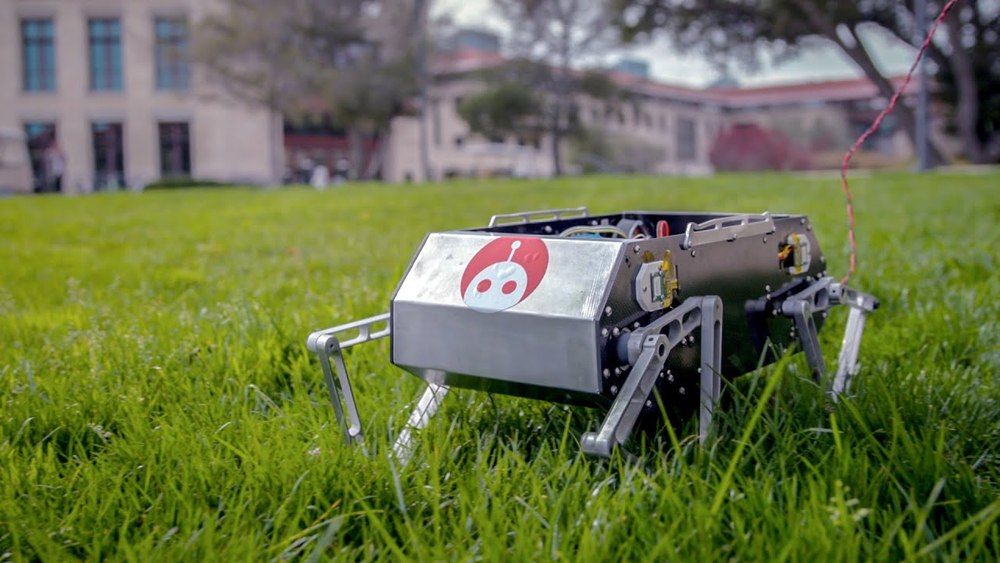
Putting their own twist on robots that amble through complicated landscapes, the Stanford Student Robotics club’s Extreme Mobility team has developed a four-legged robot that is not only capable of performing acrobatic tricks and traversing challenging terrain but is also designed with reproducibility in mind. Anyone who wants their own version of the robot, dubbed Stanford Doggo, can consult comprehensive plans, code and a supply list that the students have made freely available online.
“We had seen these other quadruped robots used in research, but they weren’t something that you could bring into your own lab and use for your own projects,” said Nathan Kau, ‘20, a mechanical engineering major and lead for Extreme Mobility. “We wanted Stanford Doggo to be this open source robot that you could build yourself on a relatively small budget.”
May 21, 2019
Researchers teach robots handwriting and drawing
Posted by Quinn Sena in categories: information science, robotics/AI
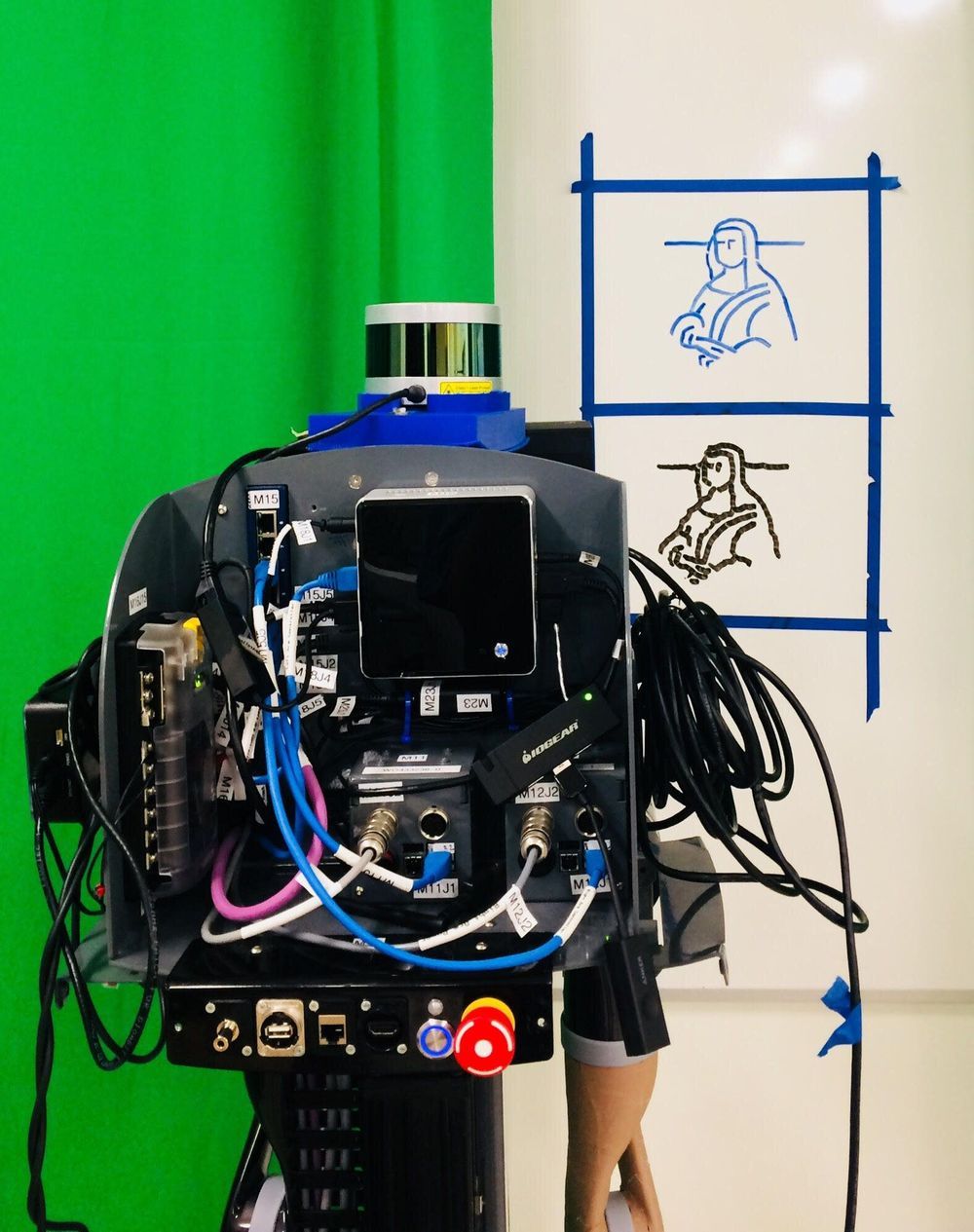
An algorithm developed by Brown University computer scientists enables robots to put pen to paper, writing words using stroke patterns similar to human handwriting. It’s a step, the researchers say, toward robots that are able to communicate more fluently with human co-workers and collaborators.
“Just by looking at a target image of a word or sketch, the robot can reproduce each stroke as one continuous action,” said Atsunobu Kotani, an undergraduate student at Brown who led the algorithm’s development. “That makes it hard for people to distinguish if it was written by the robot or actually written by a human.”
Continue reading “Researchers teach robots handwriting and drawing” »
May 21, 2019
Scientists Have Created Shape Shifting Liquid Metal That Can Be Programmed
Posted by Quinn Sena in categories: innovation, materials

In a terrifying breakthrough similar to the metal morphing villain in Terminator 2, scientists at the University of Sussex and Swansea University have discovered a way to apply electrical charges to liquid metal and coax it into 3D shapes such as letters and even a heart.
This discovery has been called an “extremely promising” new kind of material that can be programmed to alter its shape.
Continue reading “Scientists Have Created Shape Shifting Liquid Metal That Can Be Programmed” »
May 21, 2019
Amazon Prime Boss Named CEO of Google-Backed Quantum Computing Startup
Posted by Genevieve Klien in categories: quantum physics, robotics/AI
There are about half a dozen other technological approaches to quantum computing vying for preeminence these days. The ion trap method differs from the most popular approach—the silicon chip-based “superconducting qubit”—preferred by the likes of IBM, Google, Intel, and other tech giants. Honeywell, the industrial conglomerate, is one of the few companies pursuing the ion trap approach along with IonQ.
“Quantum computers can potentially solve many of the problems we have today,” Chapman told Fortune on a call. He listed off potential areas of impact, such as drug discovery, energy, logistics, materials science, and A.I. techniques. “How would you not want to be part of that?”
“This is a once-in-a-generation type opportunity,” said Andrew Schoen, a principal at New Enterprise Associates, IonQ’s first backer. “We view this as a chance to build the next Intel.”
Continue reading “Amazon Prime Boss Named CEO of Google-Backed Quantum Computing Startup” »

